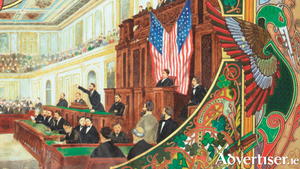Search Results for 'Irish Parliamentary Party'
25 results found.
The end of an era

The Ó Máille family originally came from Portacarron near Oughterard which accounted for their Irish speaking background. Their landlord, Mrs Annie Nolan evicted them from their holding and they spent a number of years in temporary accommodation. When Mrs Nolan’s son wanted to run in an election, Isaac Butt, the Irish Parliamentary Party leader stipulated that his nomination would not be ratified until such time as his mother reinstated her evicted tenants and so the Ó Máille family were awarded a fine farm holding in Brackloon in the parish of Corofin, east of the Corrib.
The end of an era
The Ó Máille family originally came from Portacarron near Oughterard which accounted for their Irish speaking background. Their landlord, Mrs Annie Nolan evicted them from their holding and they spent a number of years in temporary accommodation. When Mrs Nolan’s son wanted to run in an election, Isaac Butt, the Irish Parliamentary Party leader stipulated that his nomination would not be ratified until such time as his mother reinstated her evicted tenants and so the Ó Máille family were awarded a fine farm holding in Brackloon in the parish of Corofin, east of the Corrib.
Clutching a candle, Tom Casey withdraws his evidence
The horrific Maamtrasna murders, the arrest of 10 men, the rush to ‘justice’, the evidence of the Cappanacrehas (known to be bitter enemies of the murdered Joyces), the two informers Anthony Philbin and Thomas Casey (whose false evidence led to penal servitude for life for five innocent men, and the execution of one innocent man), was followed in minute detail not only throughout Ireland, but in Britain and among the Irish communities in America. Yet nowhere did it impact more than on the mountainside community of Maamtrasna .
‘A man ran shouting: Lord Cavendish and Burke are killed..’
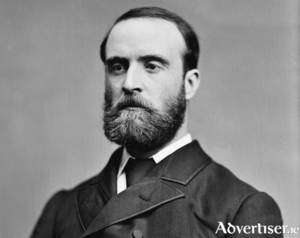
The Maamtrasna Murders happened at a time of deep unrest in Ireland. Three years previously, the most effective protest against the insidious landlord domination of the vast majority of the Irish people found expression in the Land League. It was established on October 21 1879, in the Imperial Hotel, Castlebar, by a former Fenian prisoner Michael Davitt. In a sweeping revolutionary statement, the League proclaimed the right of every tenant farmer to own the land he worked on. Because of the abuses heaped on tenants by some landlords, it had an immediate impact.
‘A pale granite dream, afloat on its own reflection’
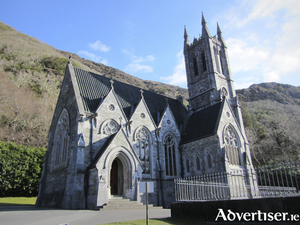
Mitchell Henry’s final days in Kylemore were sad ones. His adored wife Margaret had died at 45 years-of-age, and rested in a simple brick mausoleum in the grounds of his palatial Kylemore Castle. His political life, into which he put a great deal of personal effort, advocating on behalf of all Irish tenants the rights for them to own their own land, was out manoeuvred by Charles Stewart Parnell and the Land League. Henry described the Land League methods as ‘dishonest, demoralising and unchristian’. He probably was not surprised to lose his Galway seat in the general election of 1885. He blamed ‘Parnalite intimidation’.
How Balfour deflated the drive for Home Rule
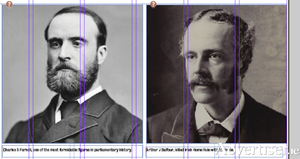
In 1887 Arthur J Balfour, a quintessential English unionist, was appointed chief secretary of Ireland by his uncle Lord Salisbury, the Conservative prime minister. No one expected much from this man whose appointment appeared so nepotistic as to suggest he was an incompetent. He was far from that.
Irish was never more important
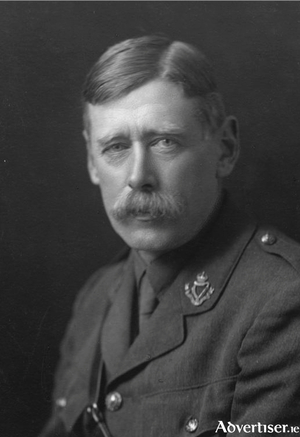
In September 1907 Stephen L Gwynn MP set out for a prolonged cycle-walkabout through Connemara. He was a very well known man in the Galway area, which he had represented for more than 12 years at Westminster as a member of the Irish Parliamentary Party. He was, as well, a literary man and a poet, who took genuine pleasure talking with, and meeting people. With fishing rods and knapsack, he set out on his bicycle on what turned out to be an eventful journey, along Cois Fhairrige to Clifden, through the mountains to Killary and Leenane, across Joyce Country to Lough na Fooey, then on to Ballinrobe and Tourmakeady, and home again along the coast road.*
Lack of social distancing aided second phase of ‘Spanish Flu’
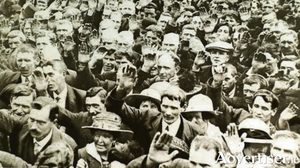
[Week II. Read Part I.] The 1918 General Election on December 14 was the most significant election in modern Irish history. Following the events of World War I, the Easter Rising, and the Conscription Crisis, the whole island was caught up in fierce debate as to its future. The result was a sweeping victory for a radical Sinn Féin, which promised to establish an independent Irish Republic. The moderate Irish Parliamentary Party, which had dominated the Irish political landscape since the 1880s, was wiped out; while in Ulster the Unionist Party took power.
‘A pale granite dream, afloat on its own reflection’
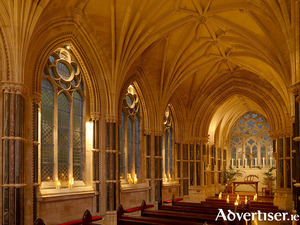
Mitchell Henry’s final days in Kylemore were sad ones. His adored wife Margaret had died at 45 years-of-age, and rested in a simple brick mausoleum in the grounds of his palatial Kylemore Castle. His political life, into which he put a great deal of personal effort, advocating on behalf of all Irish tenants the rights for them to own their own land, was out manoeuvred by Charles Stewart Parnell and the Land League. Henry described the Land League methods as ‘dishonest, demoralising and unChristian’. He probably was not surprised to lose his Galway seat in the general election of 1885. He blamed ‘Parnellite intimidation’.
